A simple guide to fringe benefits tax
Fringe benefits tax (FBT) was first introduced into legislation in 1986 and is a tax on items given to your employees that excludes wages or salaries.
Prior to the introduction of FBT, businesses were able to provide incentive gifts to employees tax-free. This included gifts like cars, corporate boxes, and lunches – with very little obligation for employers to offer benefits to the business.
Fringe benefits tax can be difficult to understand, and yet it’s something your business should be aware of when it comes to tax time. We’ve provided a simple guide to fringe benefits tax to make knowing what to claim during the tax period easier.
What is fringe benefits tax?
A fringe benefit payment is paid by a company to their employees. The payment is different to a regular salary or wage and is calculated and determined on the taxable value of the fringe payment.
The introduction of Fringe Benefits Tax legislation was to allow the government (ATO) to receive tax on employee gifts. So now items that would have been paid by an employee out of pocket are taxed. This is a tax that employers pay on certain benefits for their employees.
FBT is paid by the employer irrespective of whether the employer is a sole trader, partnership, trustee, corporation, unincorporated association, government, or government authority.
How do employees receive this benefit?
An employee can decide to make an agreement with their employers that allows staff to receive fringe benefit payments separate to their salary or wages. The benefit payments should be monitored, so it’s important to keep records in your online accounting software. This is something our team can assist you with and manage.
Information for employees who receive these benefits is recorded through statements on your ATO online services. These are in MyGov, as well as in the payment summaries provided to your employees.
What are the different types of fringe benefits?
Fringe benefits could include:
- Reimbursing expenses (e.g. school fees)
- Providing entertainment (e.g. tickets to concerts)
- Paying an employee’s gym membership
- Discounted loans
- Employees being able to use a company work car for private use
- Giving benefits under a salary sacrifice scheme
How does the process of applying for and receiving the payment work?
The employer must first self-assess the fringe benefits tax liability for the year (1 April to 31 March).
When working out FBT liability you need to gross-up the taxable value of benefits you provide. This is done to accurately reflect the gross salary employees would have to earn at the highest marginal tax rate (including the Medicare levy) to buy the benefits after paying tax.
This can be calculated following the steps here. Our team is equipped with the skills and knowledge to assist employers with this process.
Once you have calculated your FBT liability, you are free to lodge the return. Generally, the employer claims the income tax deduction for the cost of providing the fringe benefits as well as the FBT that they pay. Employers are also generally able to claim GST credits for the items that they listed as fringe benefits.
What are the advantages of employers paying their staff fringe benefits?
Fringe benefits provide workplace perks such as free food, entertainment, etc, and can help to show employees that they are valued in their line of work.
Offering remuneration beyond wages can assist in building strong and happy work environments, and a positive workplace culture. Often, due to the fringe benefits being offered through a salary sacrifice, employees may be pushed down to a lower tax bracket. This means a reduction in tax payments for them, which is particularly beneficial to high-income earners.
Need help with your business’ fringe benefits tax requirements?
Our team are experts in understanding where your money goes and how to best manage it. Talk to us today for help managing your fringe benefits tax and overarching tax needs.
Author





